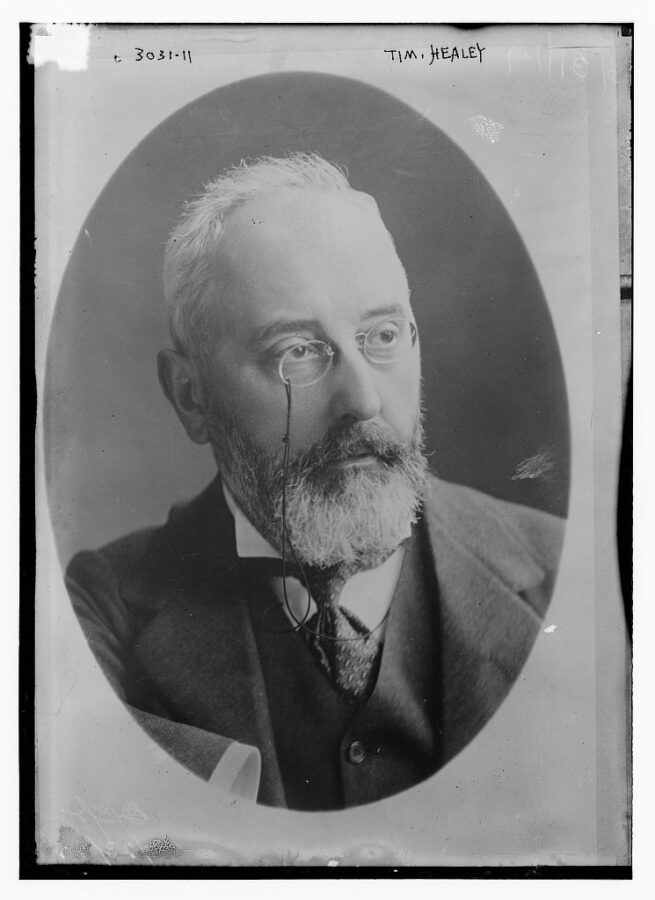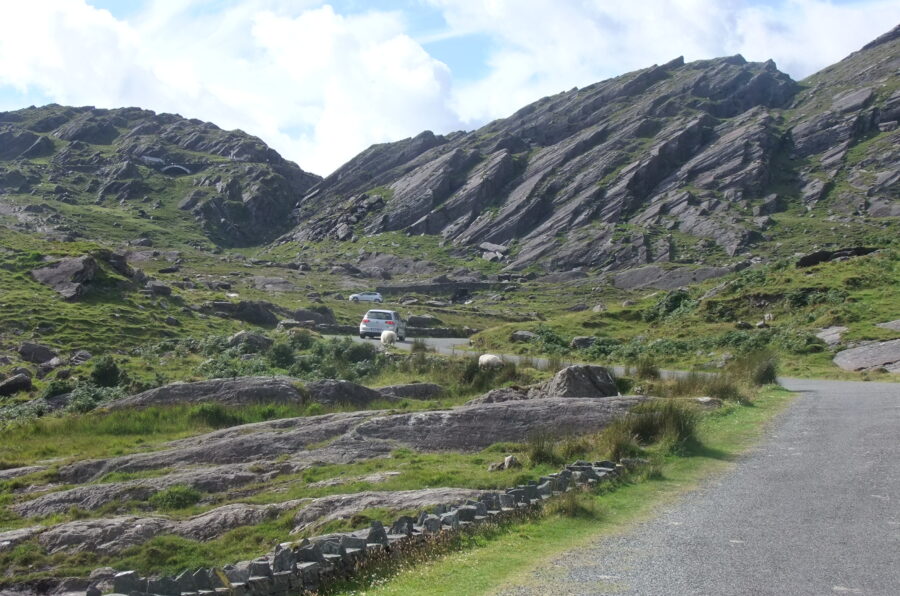
Kieran’s Our City, Our Town Article,
Cork Independent, 8 December 2022
Journeys to an Irish Free State: Birth of a Free State
On 6 December 1921 the Treaty between Ireland and Britain was signed by the Irish plenipotentiaries and the representatives of the British Government. The period fixed by the Treaty for a Provisional Government was for twelve months, and the necessary legislation was passed, which made Ireland self-governing. On 6 December 1922, the Provisional Government’s lease of life expired and the Irish Free State parliament came into being.
The Cork Examiner of the 6 December 1922 in its editorial recorded the importance of penning the story of the negotiations and the ensuing story that unfolded:
“When the story of the past year is in the future impartially recorded, it must be set down that prominent persons who placed justice above party, and sought to achieve peace on a basis of right, have suffered for their efforts in Ireland and in Britain. Possibly no great political change in the history of the world has been achieved without sacrifice, but honour in due course is given where honour is due. The proceedings today, if they follow the anticipated lines, will mean the launching of the Irish Free State – the achievement of Ireland’s domestic independence”.
At the meeting on 6 December 1922, about one hundred Deputies attended the important Dáil Éireann meeting. In the course of his address, Chairman of the Provisional Government W T Cosgrave wished goodwill to the northern Ireland counties. He hoped that in his near future Northern Ireland would be part of the south of Ireland: “We are looking northwards with hope and confidence that whether now or very soon the people of that corner of Ireland will come in with the rest of the Irish Nation, and share its Government as well as the great prosperity and happiness which must certainly follow concord and union”.
The Chairman title became President, which Cosgrave became. His ministers and speaker were re-elected amidst much enthusiasm. President Cosgrave announced the names of the thirty Senators for the new Seanad Éireann he had nominated. In addition, under the Irish Free State Act, a Governor General would be the King’s representative in Ireland. The initial holder of the post was former Irish Parliamentary Party MP Timothy Healy (1855-1931), who was declared at his home in Dublin’s Chapelizod.
The Dictionary of Irish Biography records that Timothy or Tim was born in Bantry in 1855. He worked in England as a railway clerk. From 1878, he was based in London as a parliamentary correspondent for the Nation newspaper. He followed his family’s interest in Irish politics. His younger brother Maurice was a solicitor and MP for Cork City. His elder brother Thomas was a solicitor and Member of Parliament for North Wexford.
Tim was arrested for his connection with the Land League. But in 1880, he was elected as MP for Wexford. In Westminster Tim became the key ‘go to’ person on the Irish land question. He produced the ‘Healy Clause’ of the Land Act of 1881, which secured tenant farmers’ agrarian improvements from rent increases levied by landlords. The clause made his name and work spread throughout Nationalist Ireland. It even led to the winning of seats by the Irish Parliamentary Party in Protestant Ulster. Tim was called to the Bar in 1884 and in 1899became a member of the Queen’s Counsel.
In the Irish Parliamentary Party, Tim’s working relationship with Charles Stewart Parnell was always up and down. He finally split from Parnell in 1886 when the Kitty O’Shea divorce broke into the public realm.
Despite being a strong supporter of Home Rule, Tim did not follow the aspirations of Parnell’s successors in the Irish Parliamentary Party. After 1917 he supported Sinn Féin but promoted peaceful lines of arbitration. In September 1917 he appeared as counsel for the family of the dead Sinn Féin hunger striker Thomas Ashe. He was one of a handful from the King’s Counsel to give legal services to members of Sinn Féin in different legal trials in both Ireland and England after the 1916 Rising. This involved representing those interned in 1916 in Frongoch internment camp in North Wales.
By 1922 and because of his representation and calling for peace work he was regarded as an “elder statesman” by the British and Irish governments. Both sides proposed him in 1922 as Governor-General of the new Irish Free State. The office of Governor-General was mostly ceremonial but many Nationalists considered the presence of the office as insulting to the principles of republicanism and an emblem of prolonged Irish involvement in the United Kingdom. The Irish Government diminished the role of the office over time and it was officially abolished on 11 December 1936.
Under the Irish Free State Tim Healy did not forget one of his pet projects back in West Cork. He had fought for many years to have something done to render a mountain pass between Cork and Kerry just north of Adrigole more passable for the area’s inhabitants.
Under the Irish Free State, Tim eventually succeeded in getting the then Minister for Local Government and Public Health, General Richard Mulcahy, to put the long-deferred project into execution. A sum of £7,000 was advanced for the purpose and work began in 1931. Making every allowance for the advance in engineering knowledge and skill and the up-to-date equipment, it was nevertheless a herculean task. A makeshift roadway existed as far as the point where the rise began, but from that onwards it was practically virgin country.
In 1932, the new road was accomplished. Works were continued down the other side for a distance of a mile and a half into County Kerry until contact was established with an existing road there. A magnificent wayside Calvary cross was unveiled in early June 1935. Made of marble, it is sheltered in a niche within a few yards the highest point of the roadway. It was the gift of a Cork City donor, who wished to remain anonymous.
Celebrating Cork (2022, Amberley Publishing) by Kieran McCarthy is now available is now available in any good bookshop.
Captions:
1180a. Tim Healy, First Governor General of the Irish Free State, 1922 (picture: Library of Congress, USA).
1180b. Healy Pass, present day (picture: Kieran McCarthy).
